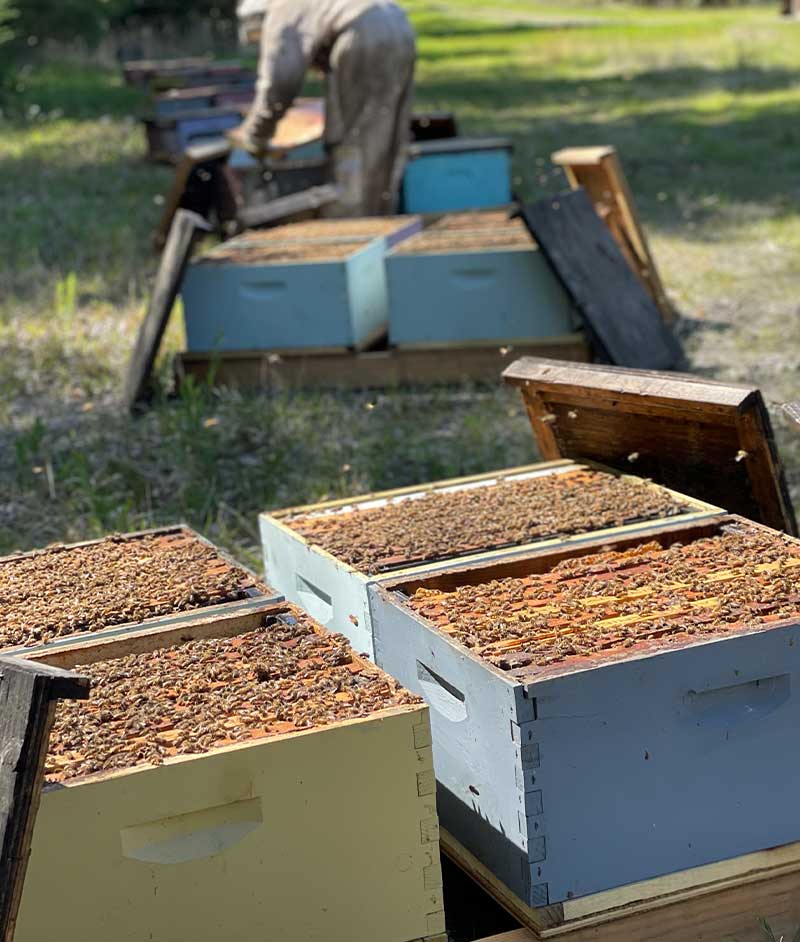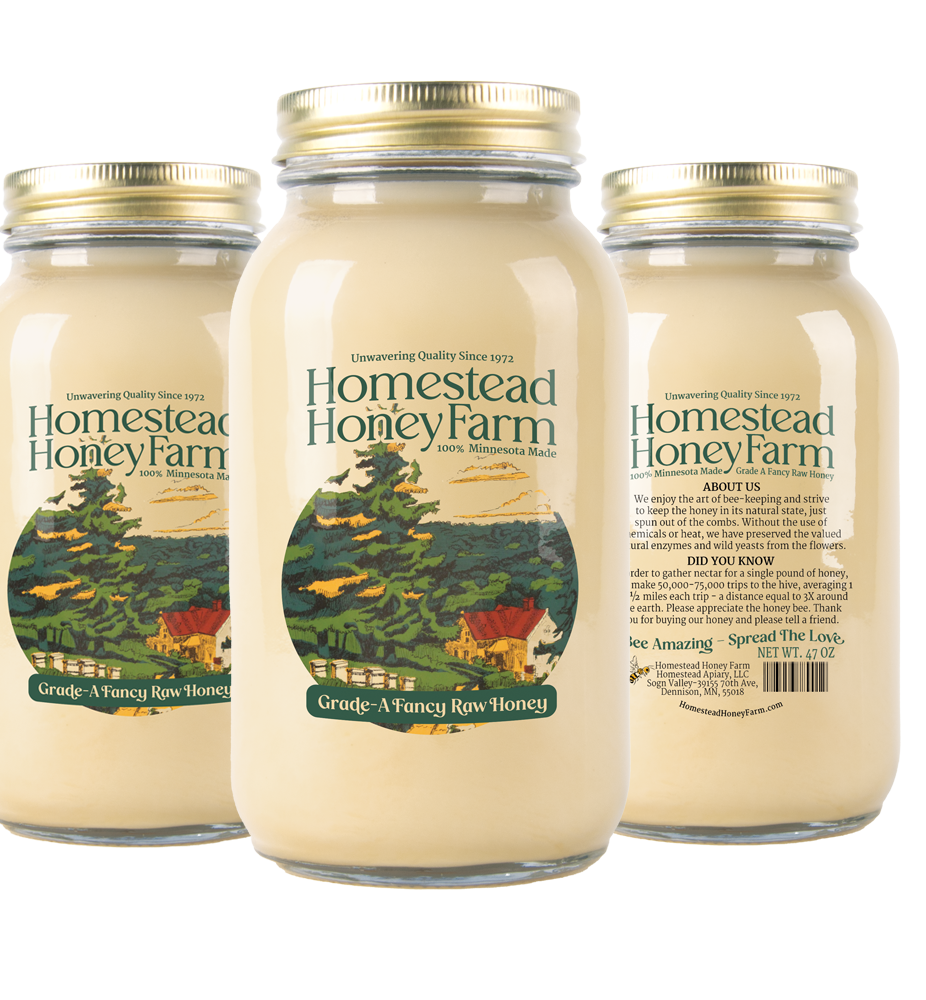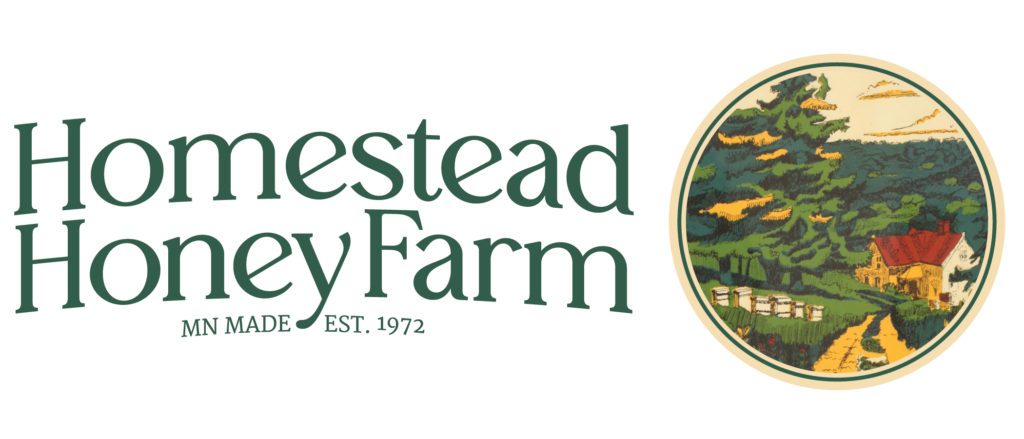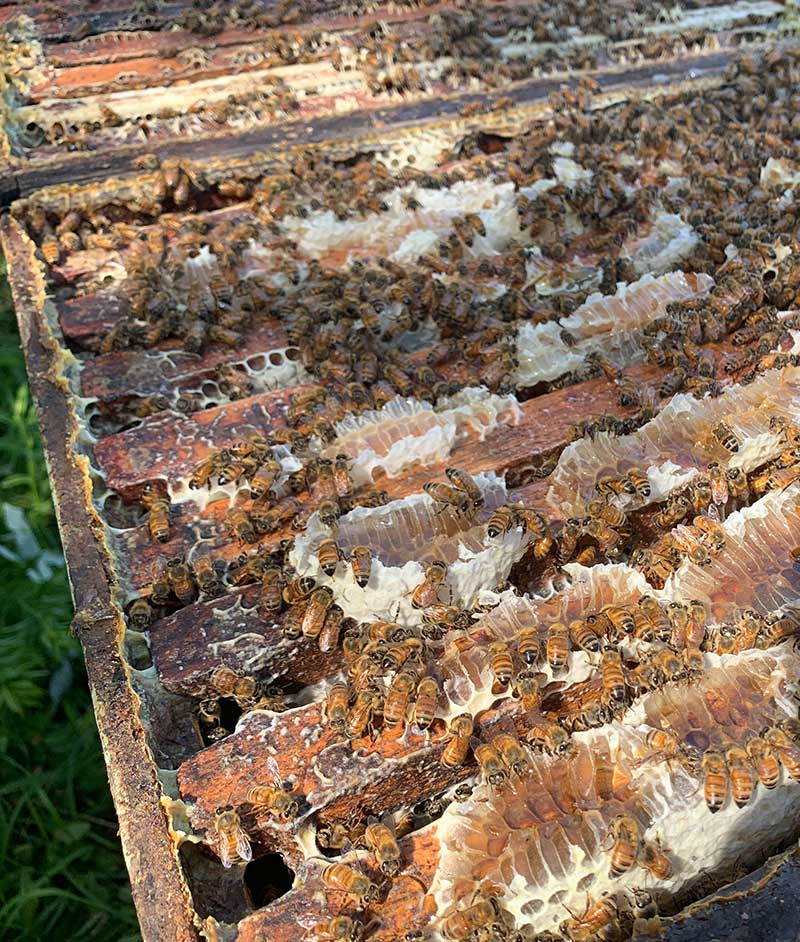
All About the


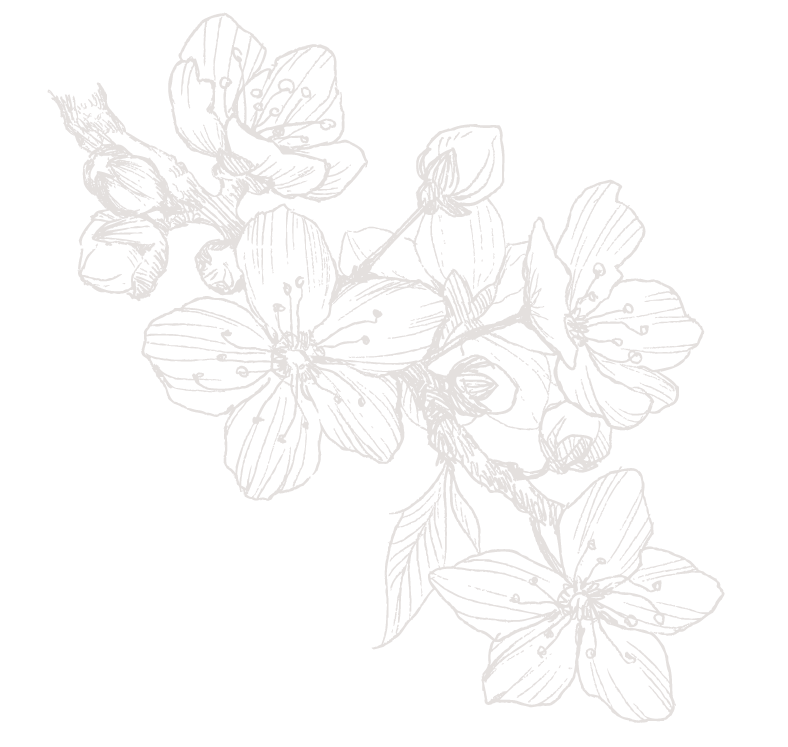
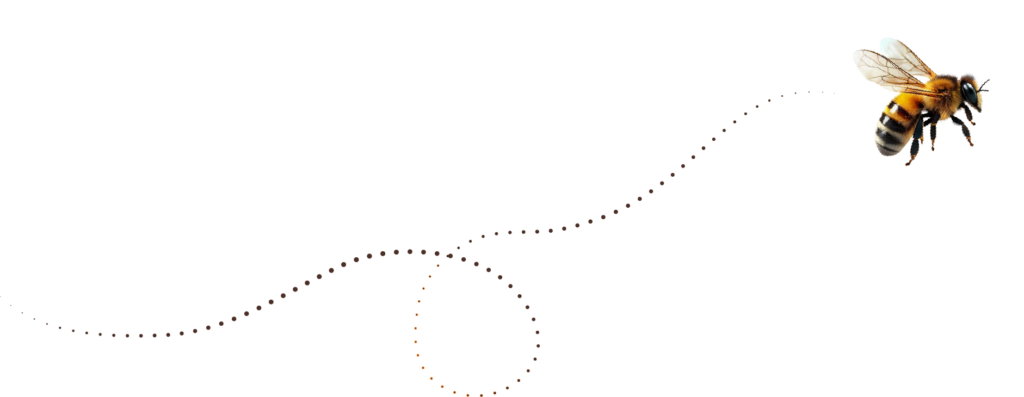
The Art of
Beekeeping
At Homestead Apiaries, the bees are the heroes. We say that because they do the truly hard work. We ensure the integrity of their hard work and get it into jars for all the honey-lovers out there. To produce a single pound of honey, bees make 50,000 to 70,000 trips to the hive with nectar and pollen–averaging 1-2 miles per trip or further. That is a distance equal to three trips around the earth, just for one pound of honey. That is the reason we have such a love for our bees. They do miraculous things!
The art of beekeeping is a full-time job and involves hard work and long days. While our honey is produced in Minnesota, we operate a second location in Texas where our bees are raised. The longer season there enables us to ensure that we always have a full team of bees ready for each spring in Minnesota. Additionally, the area in Texas where we raise the bees is very remote and non-agricultural, so it offers the bees optimal surroundings to forage, grow and become strong.
We love hearing from people who enjoy our honey and we believe it is our duty to help educate anyone who is interested in the importance of caring for bees. Bees are responsible for pollinating more than 80% of all flowering plants, and they play a critical part in maintaining our food supply, as they help to pollinate approximately 1/3 of the crops we rely upon. Apples, cotton, melons, cranberries, lettuce, pumpkins, squash, broccoli, and almonds are just a few things that would suffer without bees.

Bee Fun Facts
The Queen
- There is only ever one queen in the hive/colony.
- She makes no decisions for the hive. The hive is run as a community.
- The queen lays up to 1500 eggs a day.
- Unfertilized eggs will become male. If they are fertilized, they will become female. The hive can selectively produce the genders needed.
Male Bees (Drones)
- At peak, about 5% of the hive is male in the summer.
- Male bees have only a few purposes: eat and mate with the queen.
- They only live about three weeks and die after mating.
- Male bees are about 2x larger than the females. In the fall, the female bees kick the males out of the hive and they die. It’s a conservation thing.
Female Bees-"Girl Power"
- Female bees live about six weeks during the main season.
- They progressively serve different roles as they age.
- 1st life stage: they are housemaids, cleaning the hive, removing dead bees, cleaning the cells where the eggs are laid, and cleaning up after the queen
- 2nd life stage: they are nursemaids, feeding milk to the baby bees.
- 3rd life stage: they are foragers, collecting nectar and pollen for the hive. The bees we see on flowers are girls. They will forage typically up to 2 miles from the hive unless they aren’t finding what they need; then traveling up to 5 miles.
- 4th life stage: they are sentries (guard bees) protecting the hive. About 25% of the hive is charged with this duty at any time. They are also the ones most likely to sting. They are old and willing to give their lives to protect the hive.
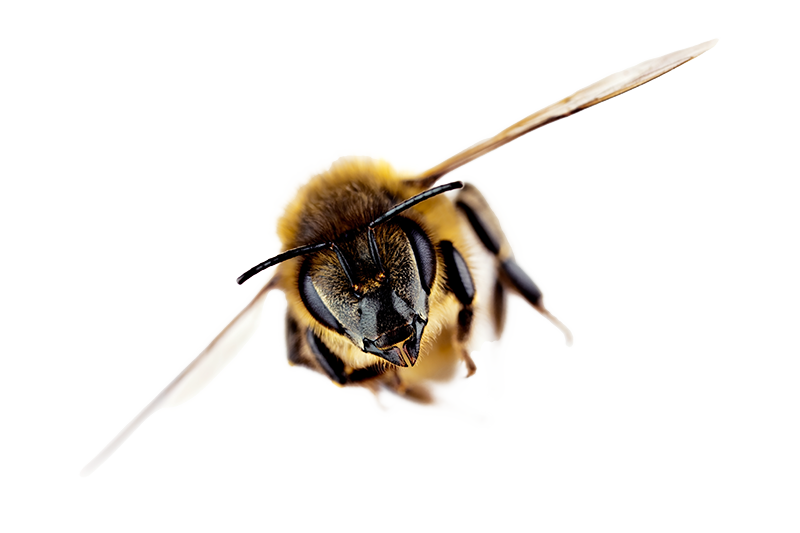
The hive can selectively produce a new queen. Since there is only ever one queen per hive-if a new queen cell is created, it is a sign the hive is about to split
95°
Typical temp inside the hive on a summer day
20,000
Average number of bees in the hive early in the season
60,000
Average peak population per hive in summer
0
Number of male bees in the hive through winter

Survival
Bees need water like any other living thing and are often drawn to people’s swimming pools and the chlorine. Beekeepers provide ample fresh water sources to help prevent this.
The colony in the spring will typically have around 20K bees in it. By midsummer, a healthy hive can have up to 60K bees, and by fall 40K. Winter bees live 4-6 months, unlike their summer counterparts. The colony or hive generates enough heat to keep it from freezing even in winter, and it typically will be 95˚ inside the hive on a normal summer day.

Did You Know
The boxes of the beehive have different purposes. The bottom box is the “brood” box, where eggs are laid, and the honeycomb there is different. Bees will reuse those cells, but after a couple of years, the cells become too small and need to be replaced. It takes a lot of the bees’ energy to build honeycomb so it is important to reuse it whenever possible.
The upper boxes are where the honey (food) for the bees is made and kept and beekeepers will add additional boxes as the boxes and frames are filled up over the season. The honeycombs are built to lay back just slightly (approximately 10˚) to keep the honey from running out until they are sealed with wax.
Neonicotinoids are chemicals that are found in fertilizers, pesticides, and plants that are commercially raised or genetically altered. These chemicals are harmful to bees, and while it is impossible to limit their exposure fully, farmers raising bees are very conscious of this and try to provide ample forage areas free of neonicotinoids. This is also why the frames and comb are replaced occasionally, as trace amounts can build up over time and weaken the hive.


